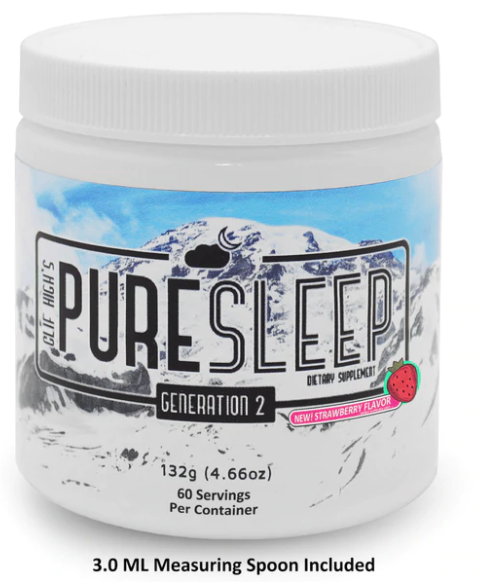The Best Sleep Environment Sleep is vital for our good health and yet it is the forgotten Pillar of Wellness in today’s world of wearing busy and exhausted as a badge of honour. Today we continue to share ideas on sleep and the topic is What is the best environment for a good night’s sleep? "I think sleep’s really important. I value it as much as waking up and having a full day." ~ Jena Malone We know that everything in life requires some degree of effort in order to be of optimal use and efficiency, and this includes paying attention to how well we sleep. Paying attention to the timing, duration, and quality of our sleep are all determining factors in how well we are sleeping in terms of the repair that our minds and bodies receive. One of the things we have learned over the past few years working on getting a better quality of sleep is how to improve our environment. Consider that creating the ideal sleep environment is an essential element toward ensuring that we get the most out of our sleep. Although our bodies differ slightly when it comes to what we individually find to be the most restorative, there are a few environmental factors that correspond with all our senses (except for the sense of taste). Considering the other senses of sight, sound, smell and touch when creating one’s sleeping quarters will result in creating the optimal sleep environment. Sight: Research has shown that statistically, our minds associate the colours blue, yellow and green with rest and relaxation, whereas the colours purple (especially), red and orange, especially in vibrant hues, are connected to stimulation and activity, therefore choosing the right colour of paint for the walls in a space designated for sleeping is highly beneficial to achieving the optimum rest. Sound: Contrary to popular belief, the mere presence of sound is not what is most likely about noise to disturb sleep, rather it is inconsistency in sounds that makes going to sleep, or staying asleep, difficult. Many people report needing some sort of sound, such as soft music, or “white noise,” such as the sound of a whirring fan, to get to sleep. Whatever the preferred sound or noise level, ensuring that the decibel level remains consistent throughout the night will ensure that noise is not a factor in sleep disruption. We have also learned that another idea on sound is to consider the use of earplugs. This is something I use on occasion and find it to be a wonderful option for a good night's sleep especially when travelling. Smell: Just as with colour, the mind associates certain smells with alertness and being awake (such as coffee, breakfast food, or even odours associated with one’s occupation such as paint or chemicals). Alternatively, there are certain smells that can assist one in falling and staying asleep, such as lavender and vanilla, both of which are available in a wide variety of aromatherapy delivery methods. I learned the other day in a talk from Dave Asprey that putting lavender essential oil behind the ears helps tremendously with falling and staying asleep. Touch: Our sense of touch affects our sleep in a couple of different ways, the first one being that the temperature in the room, and whether or not we feel cool or warm, can have a significant impact on our ability to stay asleep consistently. Cooler environments inevitably lead to better sleep, as opposed to warm or hot rooms that are likely to make us restless and agitated. The second touch factor to consider is the bedding itself. Having an ergonomically designed mattress and pillows, in addition to comfortable sheets and blankets will have a huge impact on not only the quality but also the duration of the sleep that is received. Some other things to consider about creating sleeping quarters if one wants to be well-rested are to remember to limit the number of uses that the bedroom has as a space in the house, as in, reserve the bed and the bedroom for sleeping, not for watching television, cruising the internet, or any school or “work from home” activities. The other day we wrote about - Improve Your Sleep With These Simple Habits here https://wendybottrell.weebly.com/blog/improve-your-sleep-with-these-simple-habits Also, tidiness is a consideration so keeping the bedroom free of clutter and organized has been shown to calm the mind and allow it to rest more easily. Lastly, and this might sound odd to some however consider using red light bulbs in the bedroom. This is something that I learned a few years ago and have placed red light bulbs in the bedroom as well the hallway light fixtures and it has made a difference for us. Here is a bit of info from Sleep.org on Red Bulbs – “Red Bulbs - Interestingly, red wavelengths of light are most conducive to sleep. Try installing red (or even pink) bulbs in your bedroom or use a red Christmas-tree bulb in any nightlights or reading lamps you use before bed.” - https://www.sleep.org/choosing-lightbulbs/ These are some of the ideas that we have used in our sleeping environment for a good night's sleep. Your turn. What is The Best Environment For a Good Night’s Sleep for you that you will share in the comments below? Be sure to get in touch with us and let us know how we can help you. Subscribe to our newsletter here https://mailchi.mp/d44da570a49b/newslettercontent
0 Comments
Leave a Reply. |
Archives
April 2024
Categories |










 RSS Feed
RSS Feed
